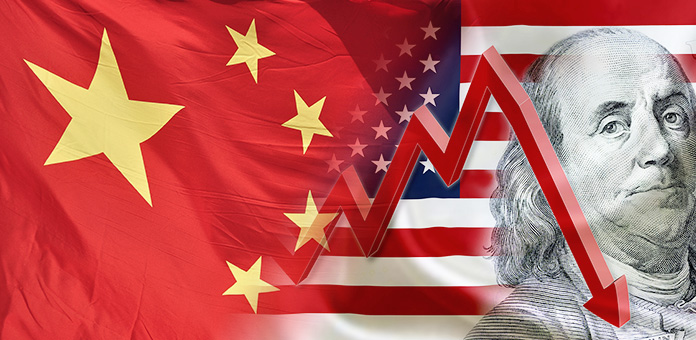
On Wednesday, January 10, Bloomberg News reported that senior Chinese officials have recommended the country reduce reserve holdings of U.S. Treasuries. 1 The news rocked global bond markets, as Chinese foreign exchange reserves, at $3.1 trillion, are the largest on the planet, and $1.2 trillion of those reserves are in U.S. Treasury bonds. 2 Bloomberg claimed sources among senior Chinese government officials and the news caused a dollar crash across all currencies. 3 What does the move mean for precious metals?
Bond Bear Market
The market for sovereign bonds, including U.S. Treasuries, was already weak when the news from China hit, which compounded existing fears. The previous day, none other than legendary bond investor Bill Gross had declared a bear market in bonds, highlighting the current supply glut of bonds versus weakening demand. This situation could not have come at a worse time for U.S. Treasuries, as the federal government announced in November 2017 plans to increase the market supply of Treasuries in 2018 to the highest levels in eight years. 4 When the supply and demand fundamentals for U.S. Treasuries tip towards oversupply, one of the immediate adjustments is typically for the value of the dollar versus other currencies to drop precipitously.
China Denies News
The very next day, Chinese officials issued strong denials of the Bloomberg report. “We believe this may be a citation from wrong sources or even false news,” claimed the State Administration of Foreign Exchange via its website 5.
Whatever the truth of the matter, the incident showed clearly just how vulnerable the dollar is to Chinese demand, in spite of an environment of rising interest rates. As the biggest lender to the U.S. government, if China does switch its reserves away from its current position of overweight U.S. Treasuries, the reduction of that one important source of demand would send the dollar into free fall.
Gold Prices Surge
Dollar weakness remains one of the biggest drivers of gold demand and other precious metals, so it’s no surprise that gold has jumped in value in response to the dollar’s troubles. The global economy is overburdened with debt, fueled by historically loose monetary policy, and addicted to a stock market bubble that is ripe for economic disruption. With every passing week, we see the future as increasingly bullish for gold and the precious metals complex.


